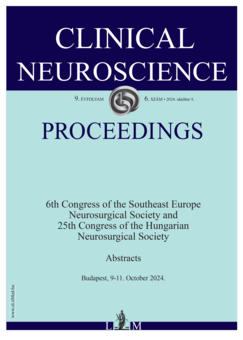Coma assesment scales have been developed to facilitate ease of communication between emergency team members and to facilitate ease of clinical assesment for patients with severe impairment of consciousness.
In 1974 Graham Teasdale and Bryan Jennett published in the Lancet a scale which theoretically helped physicians get a quick and accurate status of comatose patients. The scale they described assesed patient behaviour regarding three key aspects – motor reactivity, verbal communication and eye opening. As the two authors were working in Glasgow, the scale was dubbed the Glasgow Coma Scale (GCS) a name which all neurologists and neurosurgeons are well-accustomed with.
In their description of the GCS, the authors starded from the lack of broadly-accepted criteria by which assesment of patients should be made.
The use of the GCS is based on the patient’s capacity to react using language and motion to external stimuli. Eye movement, Speech and Motion are graded using 4, 5 and 6 points, for a maximum total of 15 points or a minimum total of 3 points.
There still are limits in the use of the Glasgow Coma Scale. One of these reffers to the period of time after brain injury occurs. Emergency medical crews use muscle relaxants and sedatives to make patient transport easier and more effective.
One of the best-known improvementss of the GCS came in 1982 from Born & colab. Who added to the known three parameters the assesment of brainstem reflexes: the fronto-orbicular reflex (with 5 points), the vertical oculo-cephalic reflex (4 points), the photo-motor reflex (3 points), the horizontal oculo-cephalic reflex (2 points) and the oculo-cardiac reflex (1 point).
One of the most recent improvements in assesing consciousness is represented by the FOUR score (Full Outline UnResponsiveness), developed in 2005 by Wijdicks & colab. This score is almost as easy to use as the GCS, however its usefulness is noticed when patients are admitted in intensive care units and intubated.
The simplicity and ease of use which characterize the GCS made it a very useful instrument for neurological examination since the first moment a patient is seen by a medical professional.
The Glasgow Coma Scale which recently reached its 50th birthday became an universal language for physicians.




